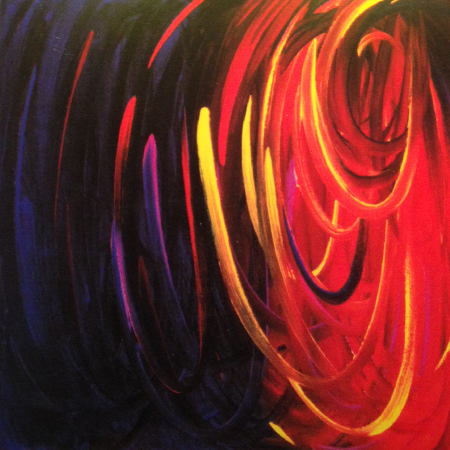Acceptance
As we allow for our grief, go through our mourning, and each day confront the absence of the one who has died, our disbelief dissolves and acceptance of the irrefutable fact of the death and loss builds. Generally, acceptance of the death with all of its ramifications does not happen in an instant such as turning on a light by flipping the switch. It is more akin to a glass filling up slowly, drop by drop.
It is natural while going about our daily life to bump-up against the reality of the deceased’s absence. This will occur to a greater or lesser degree depending on the amount of regular contact we had with the deceased. If we lived together, each day we wake-up, sit down for a meal, and come back to the house after being away and the one who died is not there. Even if we did not live together, our desire to see them, talk to them, and share our life with them goes unfulfilled. Daily life will provide many reminders that the death has occurred. Contrary to the old adage, “time heals”, we may miss them more as the days, weeks, and months pass and it has now been just that much longer since we have had the opportunity to be with them.
As we confront the reality with regularity, the disbelief that has pervaded our mind slowly dissipates and acceptance slowly replaces it. As the disbelief wears off we may struggle with accepting the unacceptable. We know, and are often told, that we must accept the death. We may not fully understand what it means to accept the death. Does it mean that we now feel OK about the death, that what has happened is OK with us, that our loss is no longer significant to our daily life, and that we are no longer in pain about it?
It is helpful to think of acceptance as being the acceptance of what the current reality is. We may not like it, but it is important to align our life with the truth of being without the person who died. It is also helpful to think of acceptance as a phenomenon that takes place gradually, characterized by incremental shifts in our level of acceptance and how we feel. It is not something that happens in an instant, and for which there is a noticeable, dramatic shift in our feeling.
As the death becomes more and more believable and acceptance of the current reality grows, the scope of the loss is realized and sorrow often deepens. We may experience this as feeling or being worse than earlier in the grief process. If we think about the fact that the death is now believed and acceptance of the reality of our loss, more than disbelief, characterizes our mental state, it is understandable and reasonable that we are painfully sorrowful about this undeniable truth.
Being pushed into acceptance never seems to work very well. Many people feel assaulted by attempts to force acceptance of the death upon them. Though our rational mind knows precisely what the reality is, another part of our mind and being needs time to accommodate to what has happened. We seem to be more in need of the acceptance that comes from the gradual confronting of the reality that is now a natural part of our daily life.
Engaging in a routine of mourning facilitates coming to acceptance. Experiencing and expressing our pain, creating memorials and demonstrating our grief in a way external to our self, is confirmation of the reality and a means for purging of the pain.
Though we may always carry a pain in our heart associated with the death and loss that has occurred, it is important and healthy to progress to a point in time in which our life is not dominated by the pain and disruption caused by our loss. Acceptance of the death is another important step in the process of alleviating our suffering and restoring our energy for life and the adjustments made necessary by the death.
Many people ask or wonder, “how long does it take?” The response many get is, “there is no time line.” That isn’t too helpful, so here is a general guideline. Viewed as a “phase”, shock, numbness and disbelief can easily be a dominant characteristic of grief for 3-6 months. Vestiges of it may last much longer, through and beyond the year from the date of the death. Acceptance is more often very gradual too and has a time frame similar to disbelief but in reverse. Disbelief dissipates over time while acceptance builds. This information is often received with mixture of relief and anxiety; relief that my experience isn’t out of the norm, anxiety that it can take so long. It is helpful to remember that it is a dynamic process of “ups and downs” with periods of relief from the pain and disruption.
